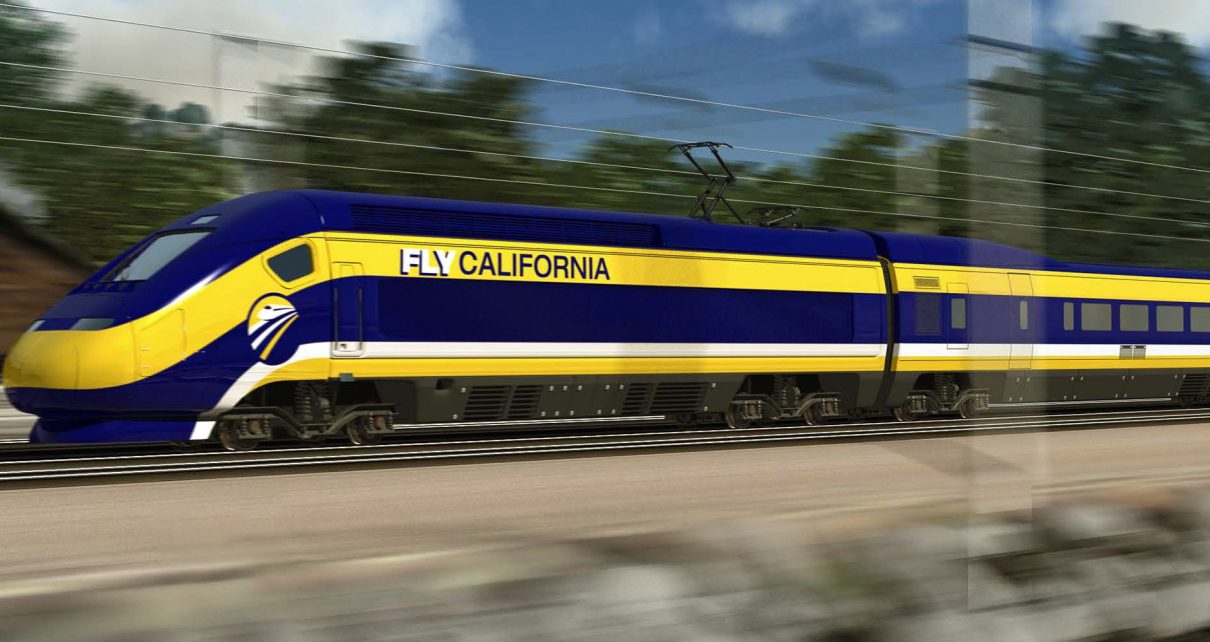
McCarthy Wants CA High-Speed Rail Funding Repurposed For Water Storage Projects
Gov. Newsom now denying he meant the high speed rail project was dead
By Laura Hauther, March 20, 2019 6:15 am
Republican California Congressman Kevin McCarthy has fired the next volley in the war over the 3.5 billion in federal funds meant for the state’s troubled high speed rail project.

McCarthy (R-CA), Congressional Representative for most of Kern, Tulare and Northeast Los Angeles Counties, introduced the Repurposing Assets to Increase Long-term Water Availability and Yield Act to take any money the Trump administration successfully strips from the California High Speed Rail Authority to fund long term water storage projects in California.
There are currently five federally funded storage projects underway, projected to increase California’s water supply by 5 million acre feet. The money would also be earmarked for emergency water supply and nitrate reduction projects in rural communities.
Every one of California’s Republican members of Congress co-sponsored the bill: Duncan Hunter, Paul Cook, Devin Nunes, Ken Calvert, Tom McClintock and Doug LaMalfa.
Each representative released a statement supporting the diversion of the funds the US Department of Transportation, through the Federal Railroad Administration, hopes to recover and all expressed the concerns summarized in Rep. Paul Cook’s statement:
“Initially projected to cost $33.6 billion, it has ballooned to more than an estimated $77 billion. In addition, the project has continually failed to meet deadlines and the $10-$12 billion in promised private investment has never materialized.”
The push to recover as much of the $3.5 billion in grants from the California High Speed Rail Authority began when Governor Gavin Newsom seemed to withdraw his support for the project in his February 12th State of the State address, saying, “Let’s be real, the current project as planned would cost too much and, respectfully, take too long. Right now, there simply isn’t a path to get from Sacramento to San Diego, let alone from San Francisco to L.A. I wish there were.”
President Trump Tweeted in response:
“California has been forced to cancel the massive bullet train project after having spent and wasted many billions of dollars.They owe the Federal Government three and a half billion dollars. We want that money back now. Whole project is a ‘green’ disaster!”
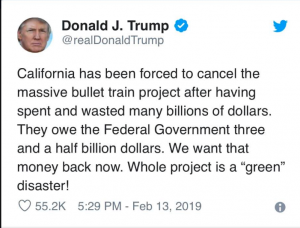
The administration immediately started moving on canceling and recovering all federal funds.
By that afternoon, Newsom was denying he meant the high speed rail project was dead, saying it was only a change of focus. The Governor’s altered plan concentrates on first completing the 171 mile stretch between Merced and Bakersfield line, then reassesses the best way to complete the project when that section is finished.
Since then California’s Republican Congress members have introduced several piece of legislation to redirect any funds the Federal Railroad Administration is able to recover, starting tug of war between California High Speed Rail Authority CEO Brian P. Kelly and FRA Administrator Ronald Batory.
On February 19, Batory sent a letter to Kelly demanding a return of the funds, making clear they consider Governor Newsom’s proposed changes laid out in the State of the State address and his follow-up statements “a significant retreat from the State’s initial vision and commitment.”
Kelly pushed back, sending two letters on March 4 saying the demand was “unwarranted, unprecedented and harmful to the people and the economy of the Central Valley, California.” He states that the project now has 24 active or completed construction sites with 2.600 employees, and participation of many small businesses at this point and more importantly, California has met all obligations to the federal government as agreed.
Kelly goes on to say Governor Newsom’s apparent change of heart was in fact just a change of strategy to get the project completed in the most practical, efficient manner; due to constrained funds, Newsom’s “building block approach” will mean “maximum independent utility” for the parts of the project that are completed with federal funds, while the state looks for the funds it needs to complete the railway. Kelly says the improved project controls now in place to insure efficiency and accountability were developed with FRA input. He offers to provide details in a May 1st Project Update Report, emphasizing the need for cooperation and continued collaboration between the FRA and the CHSRA to avoid the worst case scenario of an abandoned, useless boondoggle left to rot in California’s Central Valley.
The letter tries to assuage fears the proposed changes will be just another financial black hole for federal funds. “The Governor’s proposal for high speed rail’s early operation in the Valley would be tangible and transformative for Californians,” Kelly writes, “…under our current funding plan, the state, not the federal government, will bear the cost of expansion to downtown Bakersfield and to Merced.”
But Kelly’s 10 page second letter, an expanded, more detailed version of the first, prompted Jeff Davis of the Eno Center for Transportation to speculate that this was “prep work for the inevitable lawsuit” if the Federal Railroad Administration continues its push to rescind the grants. From the correspondence between the agencies, Davis created a list of the five allegations in Batory’s letter and the CHSRA’s response to each.
McCarthy’s RAILWAY Act would accomplish three important things:
- Ends the California High Speed Rail Project;
- Increases Drought Resiliency in California and the West;
- Helps Keep Federal Funds in California.
The US Department of Transportation and the Federal Railroad Administration do not have a formal timeframe to announce their decision.


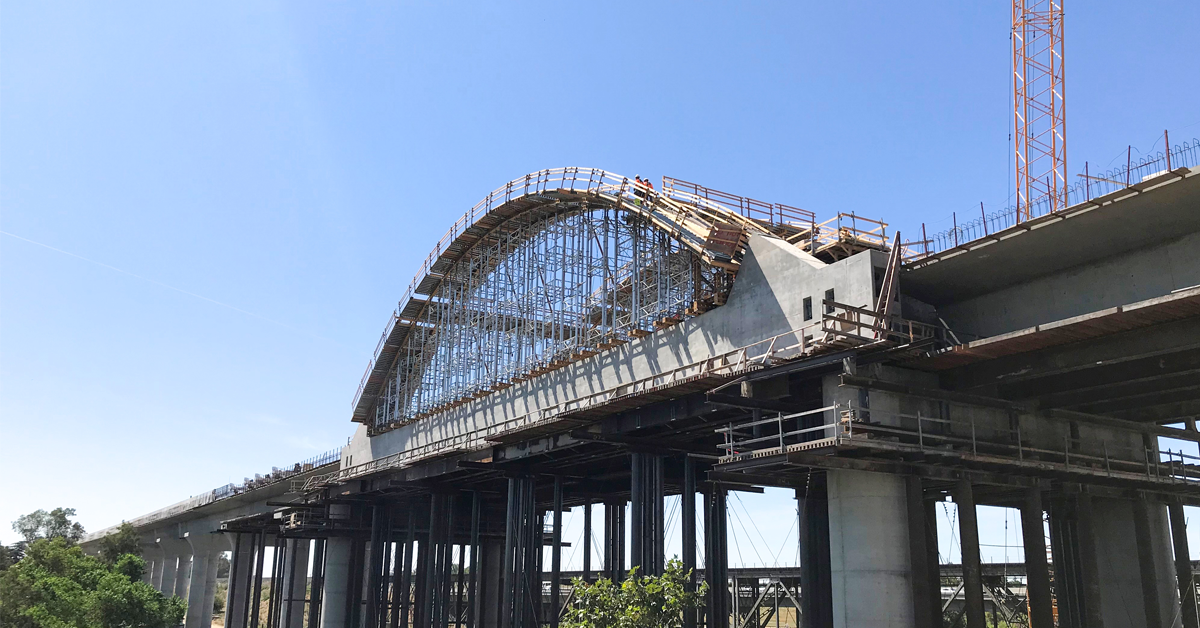
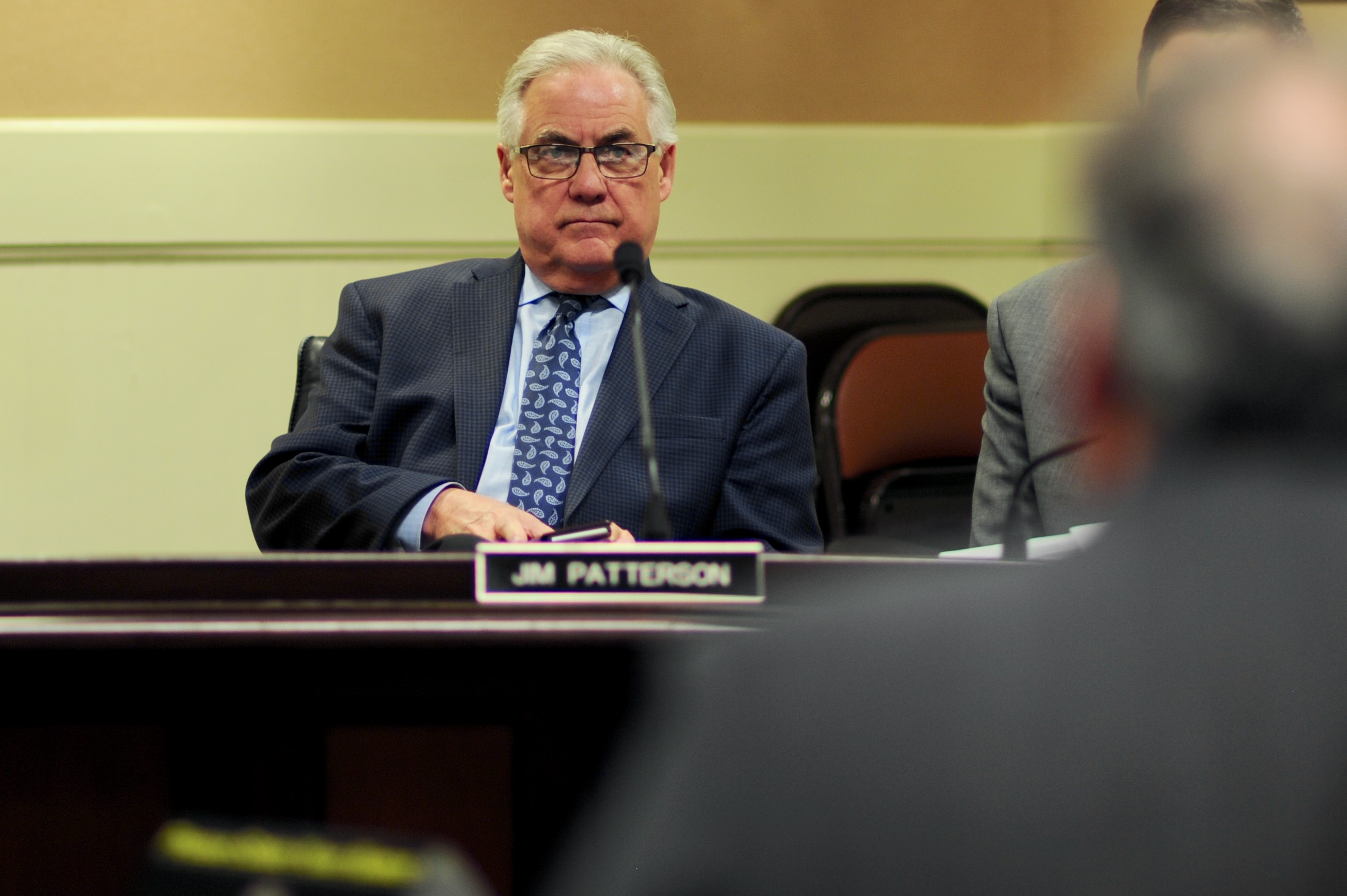
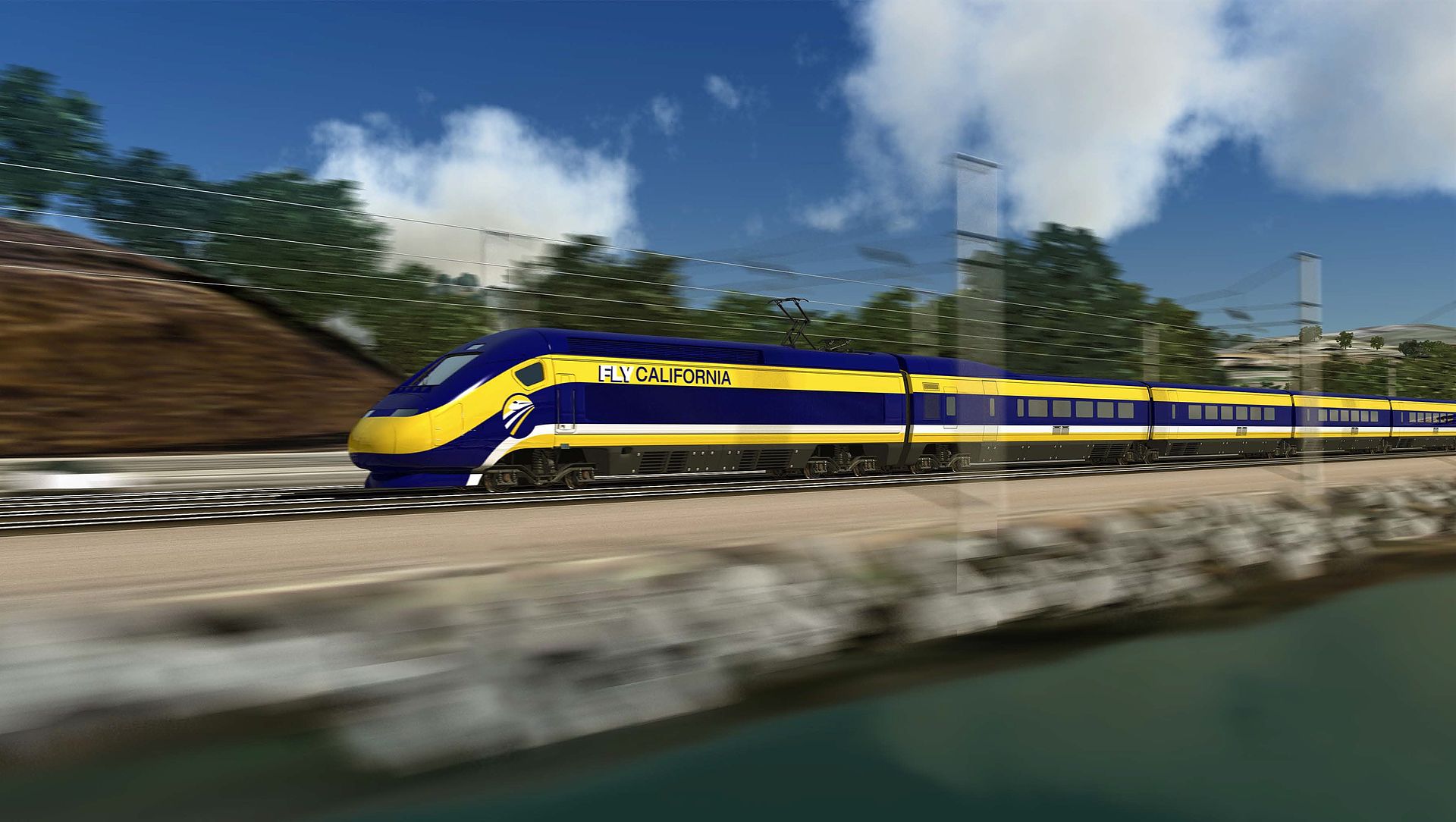
Sure, I know we DESPERATELY NEED water infrastructure, and we do not need that stupid, endless Train to Nowhere.
It’s downright depressing that most of the recent rainfall went down the drain into the ocean.
Don’t want to pooh-pooh this if it’s the only way to get it done, but didn’t we pass a number of state water bonds in recent years to the tune of something like $20 billion total?
Katy’s current Cal Globe story lays out the money available for California water projects, and Newsom’s new proposed water tax. There does seem to be plenty of funding for water project already. The train is very controversial for the obvious reasons – the cost overruns and physical, environmental and logistical barriers loom large. High-speed rail may turn out to be an important, ground-breaking part of California’s infrastructure but it’s hard to see it from here.
Pure political game-playing, pandering to voters who these Republican representatives believe will be fooled by tactic of torpedoing HSR for water security. Californians shouldn’t give up on HSR so easily, as it addresses the vital issue of future transportation security in the context rapid population growth, whilst meeting current legal environmental obligations by providing a third, transformative option for rapid movement of people across the state. Water is also vital, but wrong to link these two issues as if they were EITHER/OR.
I don’t think these Congressmen are saying it’s either/or – they’re pretty explicit in expressing their displeasure about the project as a whole. They’re just trying to keep the funds in California, which makes sense. There are several proposals from California Republicans on where to redirect these funds if they’re returned, including adding and widening existing roads. I’d love to see HSR happen – we need better transportation options, but the project has run into so many problems I’ve taken a wait and see approach.
My cash is coming back to me correct? Not being “re-purposed’. I’m from the Midwest and don’t benefit from a intra-state route
California gives more than it gets, when it comes to federal money.